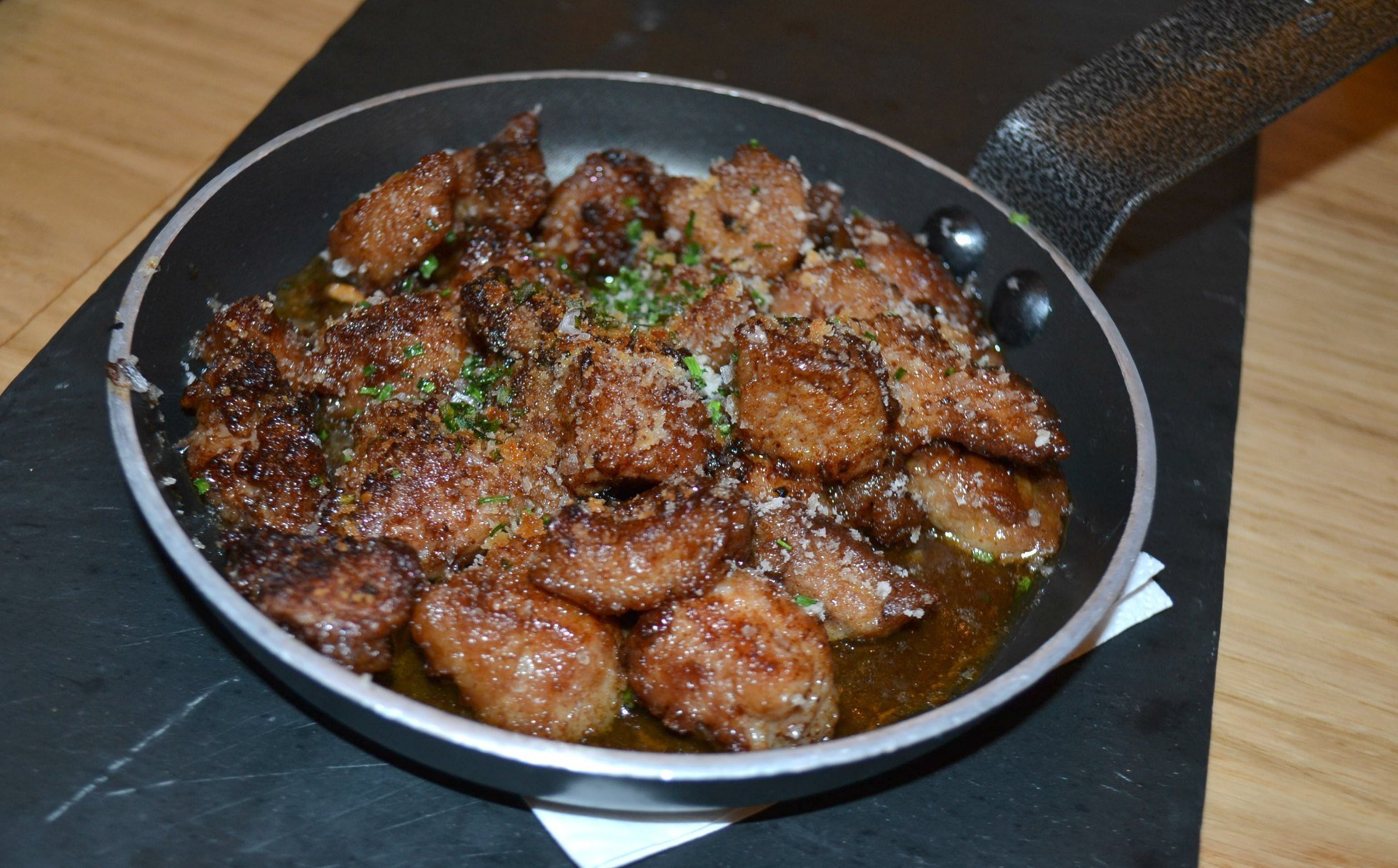Those who really like to eat usually don’t say no to food… despite of the lack of knowledge; sometimes, we don’t know exactly what part of the animal are we eating. However, there are those who know it and they didn’t care at all. But there are many others who prefer not knowing because – after that – they might even not order in a restaurant. So, for this group of people: you better not read this article. We don’t wanna be guilty of changing your eating habits.
Ofall is the meaning of the inside of a dead animal, that’s viscera, sinews or innards. And also, other parts – that usually are not worthy – like snout, cheeks, tongue, paws, blood, etc. With this information, let see some meats made with them. Most of them are typical from Spain, so maybe you didn’t hear about them. Take a look!
Tripe (Callos): It’s made mainly with the innards of the cow and also with pieces of lamb’s stomach. They are usually cooked with the viscera, the snout and the paws of the cow.
Sweetbreads (Mollejas): They’re usually made from beef or lamb and they’re a gland called thymus that atrophies as the animal grows. There are also sweetbreads on birds, but, in this case, it’s a part of the digestive system: the last bag of the stomach – the part that they use for crunch the food when they eat.
Cheek (Carrillereas or carrillada): Are the parts where fat is located on both sides of the animal face. Usually, the animals that are used for this recipe are pig, beef and, occasionally, ox.
Chitterlings (Madejas / Zarajos): It’s a very typical meal in Zaragoza (Spain) and it’s made from the insides and the small intestine of the lamb. In La Rioja (Spain) they are made with intestines of suckling lambs and cabrito (goat kid). In Madrid and Castilla La Mancha this plate is called
Gallinejas: this is an authentic plate that is eaten in the San Isidro festivity. It’s composed by the insides and intestines of the hen, lamb u other animals. Usually, it’s cooked together with the sinews – that is the lamb’s mesentery – which means the flat folds of the peritoneum where blood, lymph vessels and nerves run across.

